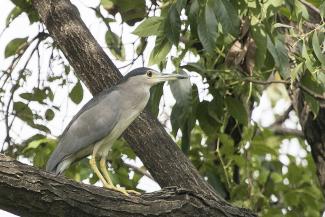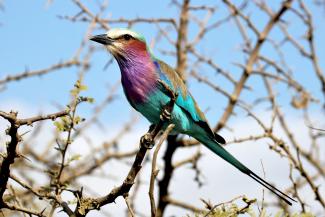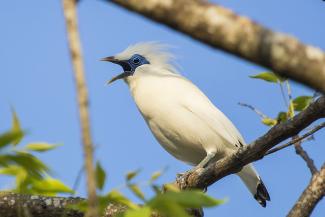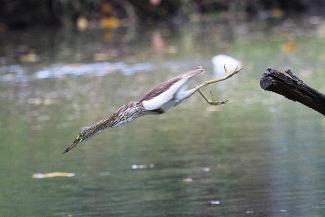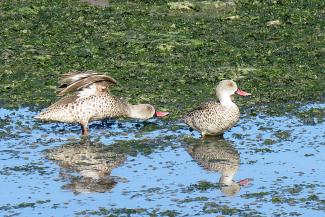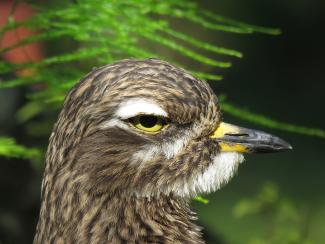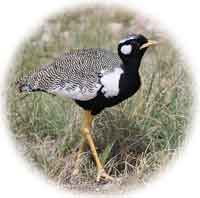 Most people enjoy watching birds and listening to bird song whether it is in the garden, a walk in the countryside or from a car window. For most, it is an occasional distraction with sightings and recognition of a handful of species. For a few, it becomes a serious interest with frequent and prolonged observation of birds driven by fascination with their beauty, variety and remarkable behaviour. And in pursuit of their passion, bird watchers have the added bonus of visiting tranquil, unspoilt and often beautiful habitats.
Most people enjoy watching birds and listening to bird song whether it is in the garden, a walk in the countryside or from a car window. For most, it is an occasional distraction with sightings and recognition of a handful of species. For a few, it becomes a serious interest with frequent and prolonged observation of birds driven by fascination with their beauty, variety and remarkable behaviour. And in pursuit of their passion, bird watchers have the added bonus of visiting tranquil, unspoilt and often beautiful habitats.
In this chapter we look at how bird watchers, beginners or veterans, identify species and know where to find them. We also look at some basics when taking bird photographs..
